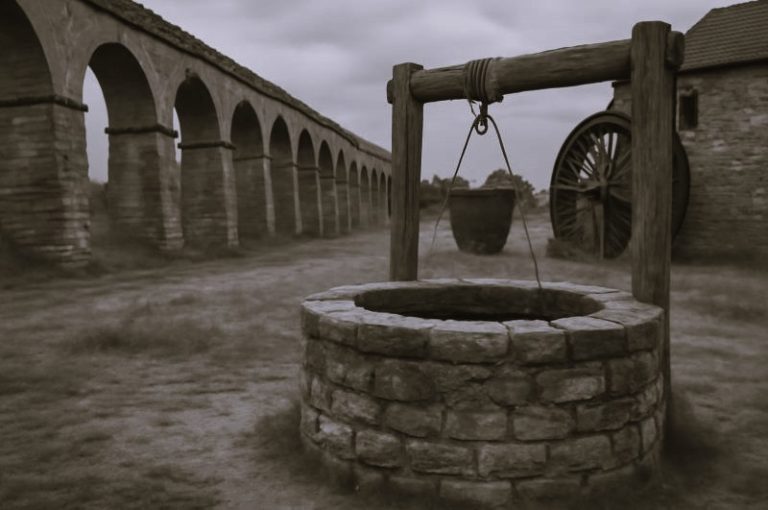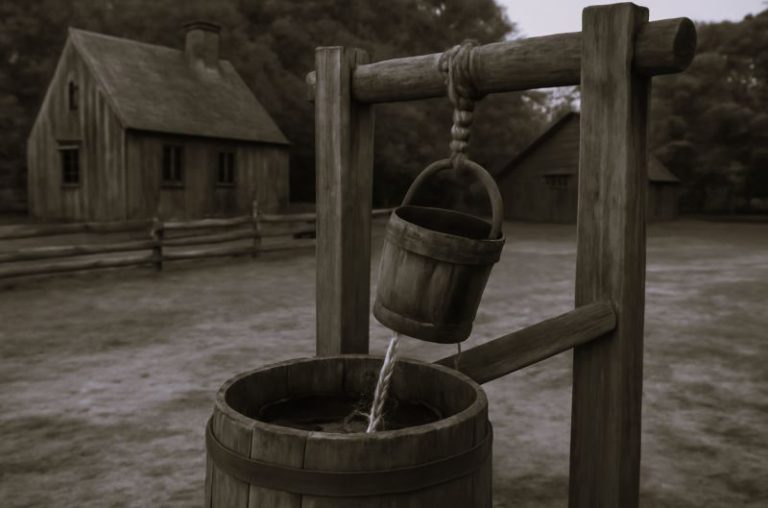
The places we live in have dramatically changed throughout history. From small mud huts and caves to castles and fortresses, the idea of ‘home’ has had many facelifts. But in terms of the houses we know in today’s society, how did they start? And what types of renovations have been made through history to create the modern home?
15th – 16th Century
During Henry XIII’s reign in the 15th and 16th Centuries, Britain became a silo, not following the trends of Rennaissance Europe. While Italy and Greece worked with classical art to create beautiful architecture, Tudor homes were simple and plain. The standard home was small in size and often categorized by its thatched roofs and timber frames.
17th Century
The 17th Century saw the rule of the Stuart Kings, who were more open to the idea of European influences and architectural preferences. Timber structures were replaced with brick, and bedrooms were added to the second floor.
18th Century
By the 1700s, more affluent families were craving bigger, more innovative styles. Georgian designs of asymmetry became popular and introduced the concept of ‘double piled’ housing – where homes were two-rooms deep, rather than one.
19th Century
As the 18th Century made way for Queen Victoria, homes became even more lavish and grew in size as the family needed more space. As such, the properties maintained their asymmetrical design but were built or extended with colourful brickwork and lavish decoration.
Victorian-style homes are considered one of the key attributes of British design. Even now, we still benefit from the timber and tile roofs that were seen in this era – an upgrade from the previously thatched design.
This more pointed, durable roof style made way for more of the house to be used. Thanks to this change, the modern family today can enjoy attic space for either a nursery, an additional bedroom, or a home office. Touchstone Lofts create stunning loft conversions North London, to help you get the most out of your roof space.
20th Century
During the 20th Century, more homes added glazing bars and timber hoods to doors and windows, and red brick became an all-time favourite. But with all of this, there was a distinct lack of focus on homes for the working class. After the war, the government began to work on more affordable housing under the Addison Act, which later became the boxy style semi-detached home we see from the 1930s onwards.
At the same time, we saw more people experimenting with materials like steel and concrete to create properties with an art deco style.
By the 50s, more housing and more modernity was needed. Que: the terrace house we know today.
Now, architectural preferences stretch in opposite directions, with many home buyers yearning for period properties while the other half opt for modern, sleek designs for a new era. The future of property is unknown, but it’s clear there will be a significant part of Britain holding onto the rich history of design within the country.







